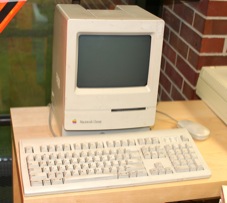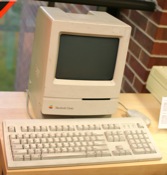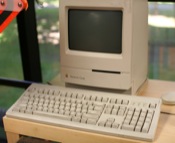The Evolution of Copyright
James Thompson’s The Four Seasons, published by A. Millar (18th Century)
Millar v. Taylor, 4 Burr. 2303, 98 Eng. Rep. 201 (King's Bench 1769)
(the first important test in the courts for modern copyright; holding there is a perpetual copyright under the common law)
James Thompson’s The Four Seasons, published by Donaldson (1763)
Donaldson v. Beckett, 98 Eng. Rep. 257 (House of Lords 1774)
(overturning Millar, denying common-law copyright, and holding that works must enter the public domain after statutory protection expires)
Mickey Mouse: The Black and White Years on LaserDisc, containing “Steamboat Willie” (c. 1993)
“Steamboat Willie,” a 1928 short film featuring Mickey Mouse, was released without the proper copyright notice required under the 1909 Copyright Act, arguably causing Mickey Mouse to currently be in the public domain. Disney disputes the claim.
Ishido: The Way of Stones for Sega Genesis (c. 1991)
Sega Enterprises, Ltd. v. Accolade, Inc., 977 F.2d 1510 (9th Cir. 1992)
(holding under then-existing law disassembling a copyrighted computer program in order to gain an understanding of the unprotected functional elements of the program is permitted)
Franklin ACE 1000 (1983), a clone of the
Apple II computer
Apple Computer, Inc. v. Franklin Computer Corp., 714 F.2d 1240 (3d Cir. 1983)
While a partial legal victory for Franklin, the lawsuit spelled the practical end of the manufacture of Apple II clones.
Apple Macintosh computer running System 6.1 (c. 1990)
Apple Computer, Inc. v. Microsoft Corp., 35 F.3d 1435 (9th Cir. 1994)
The famous “look and feel” copyright infringement suit that failed to stop the Windows operating system.
_no._5800_I.jpg)
_no._5796_I.jpg)
_no._5797_I.jpg)
_no._5798_I.jpg)
_no._5799_I.jpg)
_no._6626_I.jpg)
_no._6631_I.jpg)
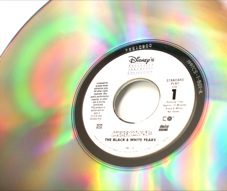
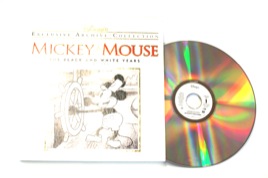
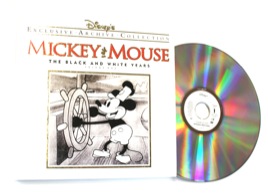

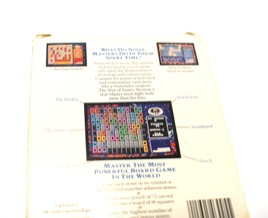

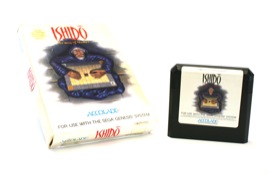
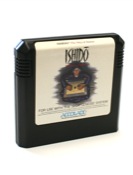


_no._3826_I.jpg)
_no._5773_I.jpg)
_no._7890_I.jpg)
_no._7892_I.jpg)
_no._7896_I.jpg)
_no._3689_I.jpg)
